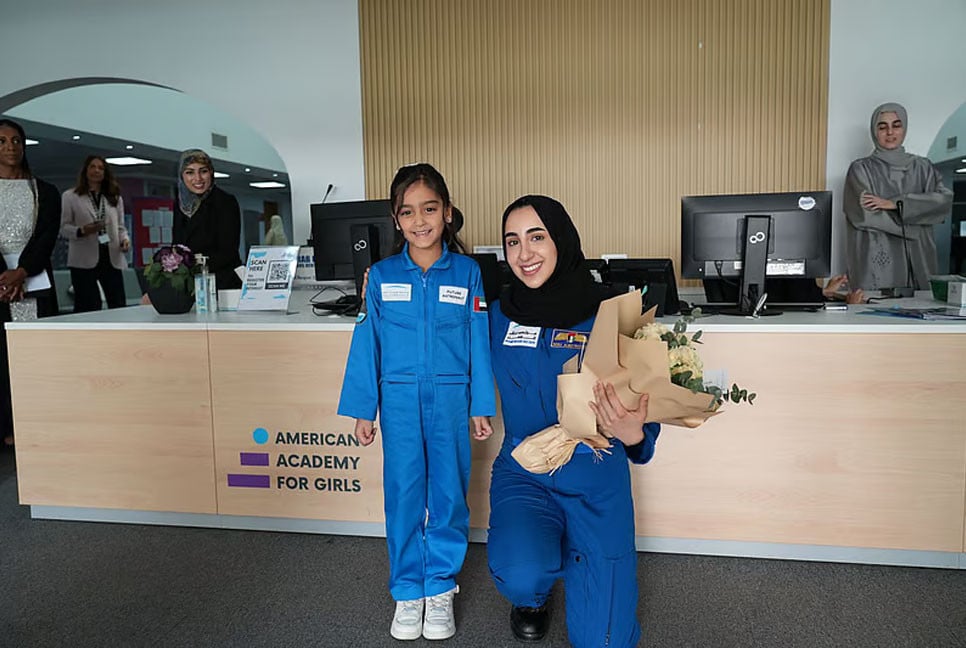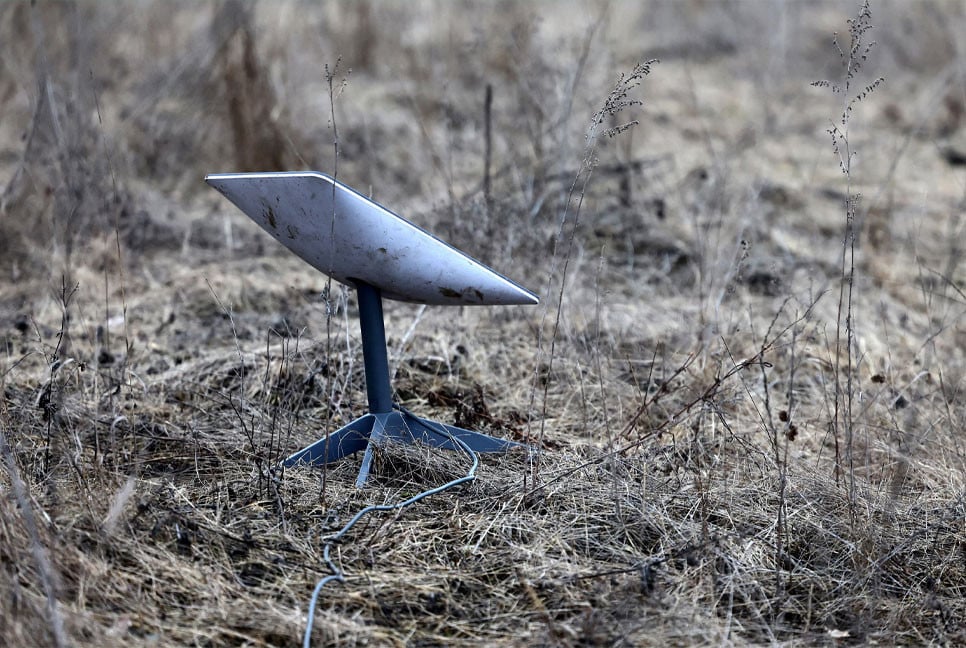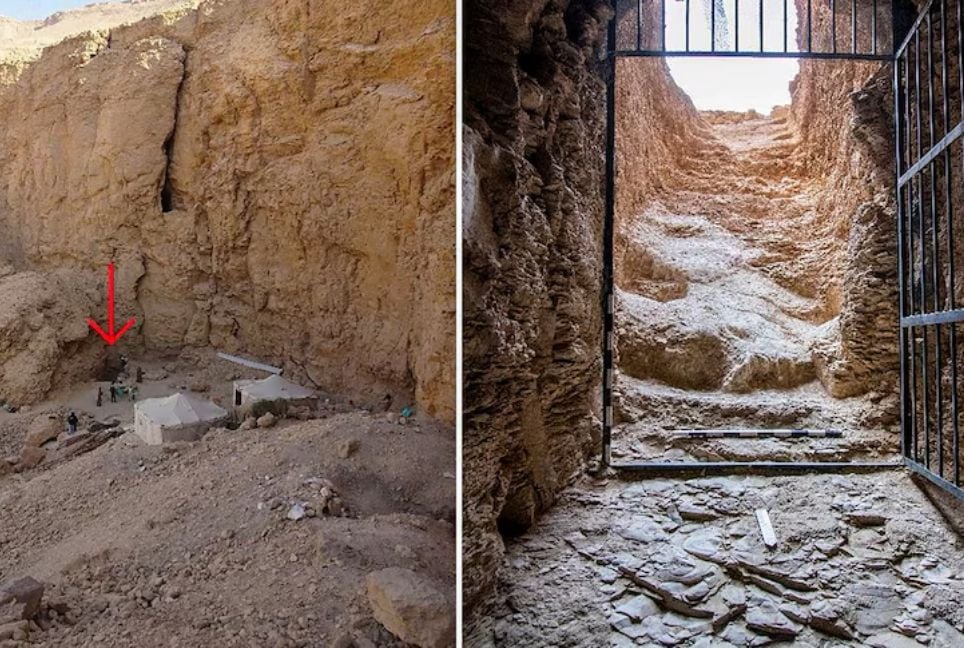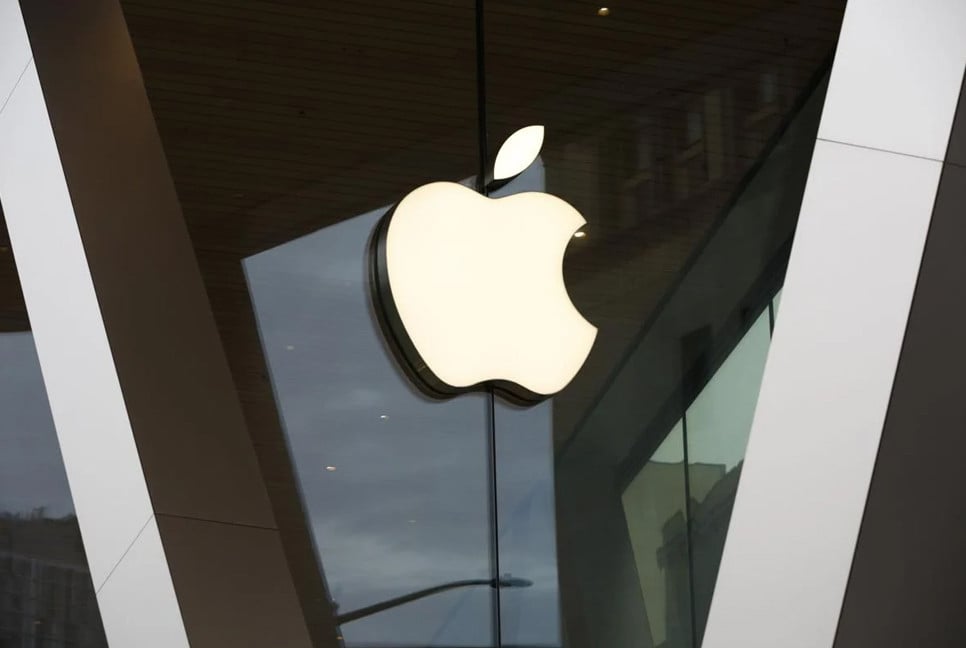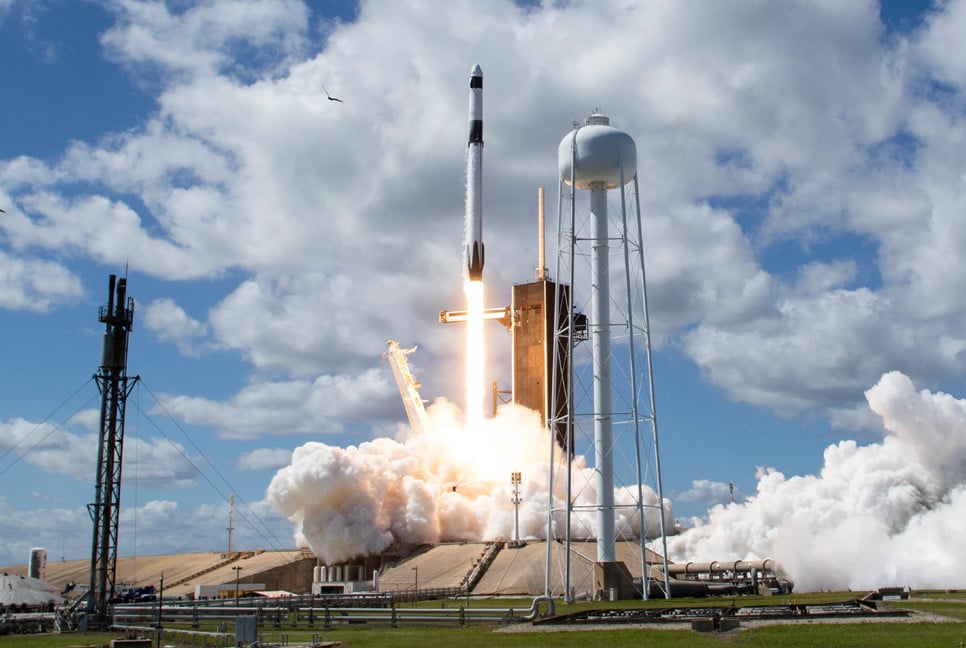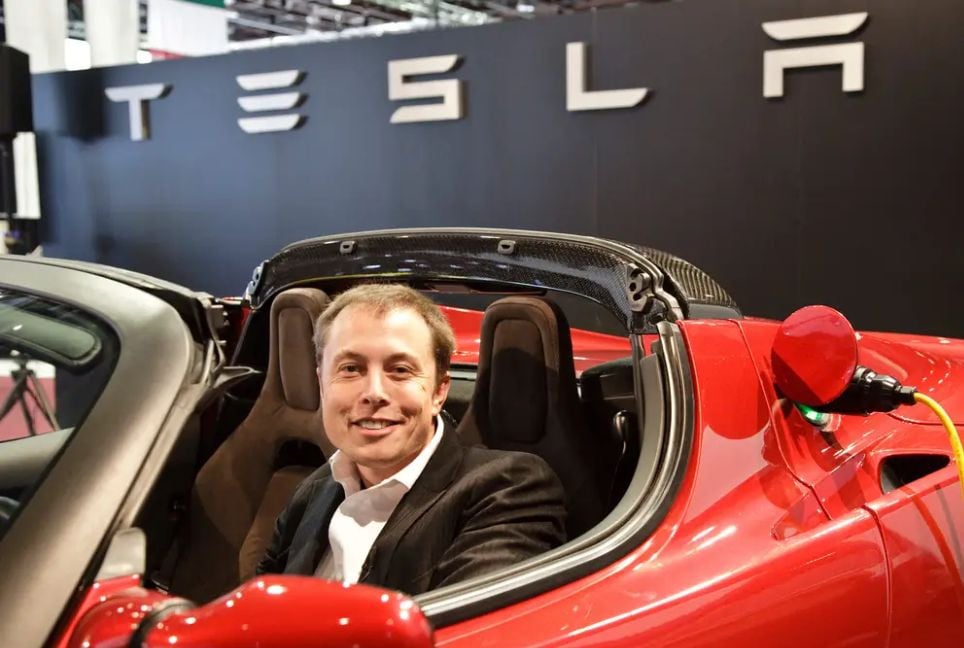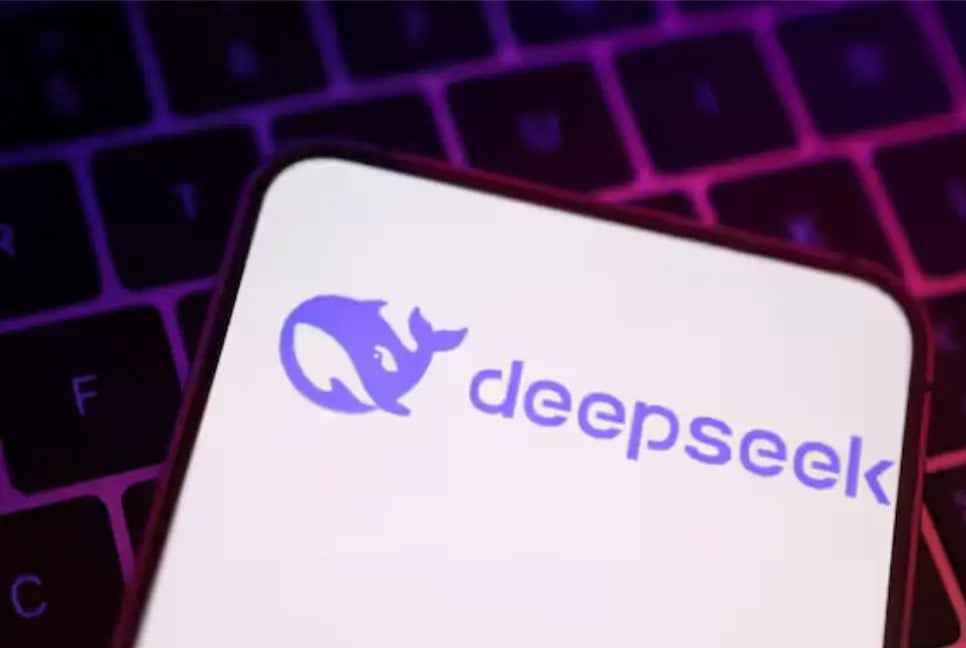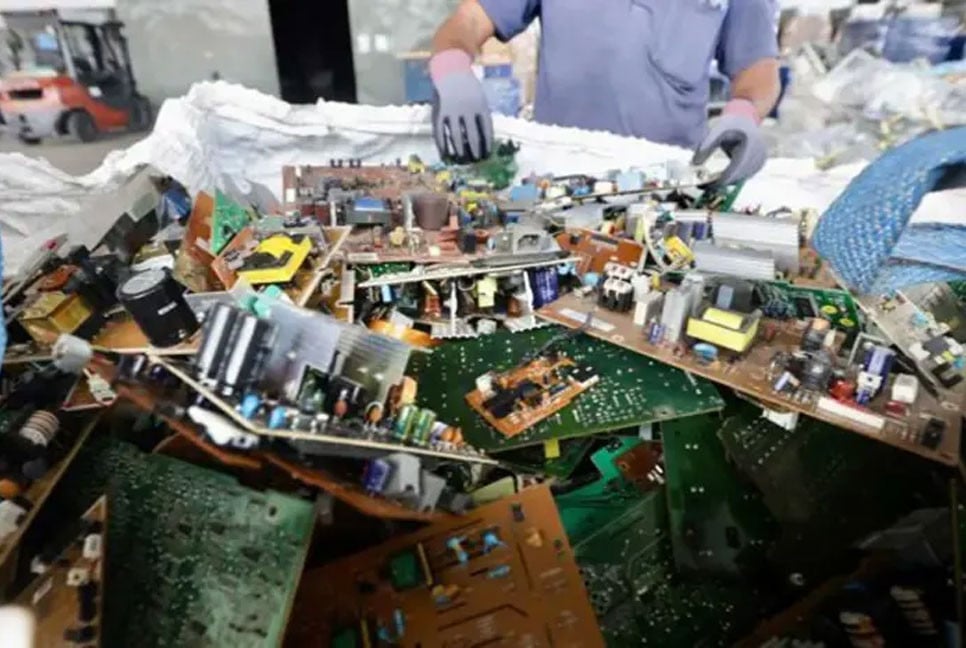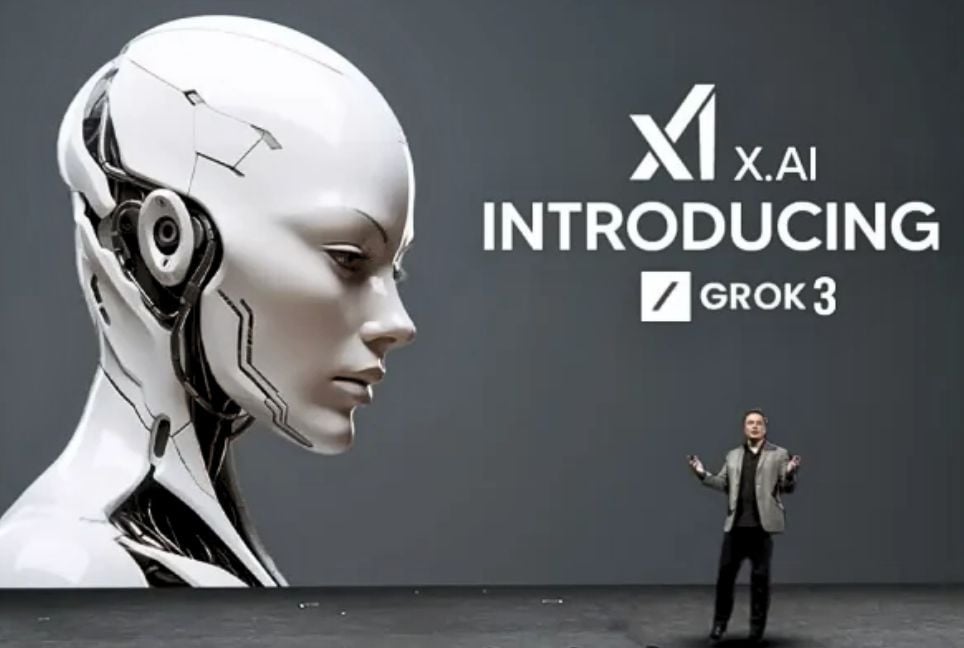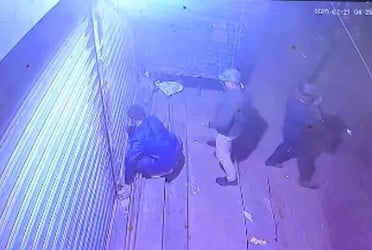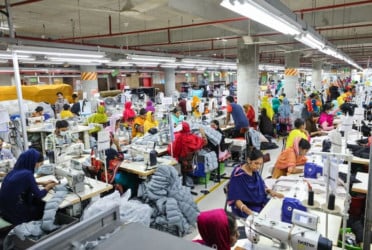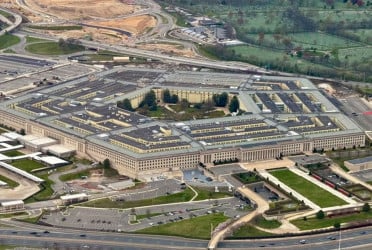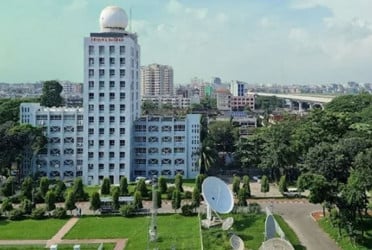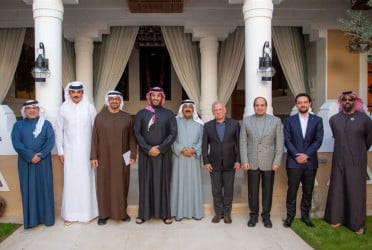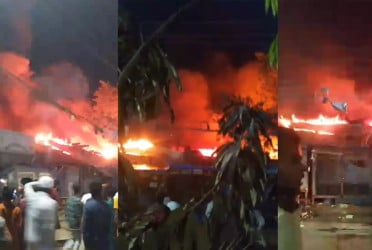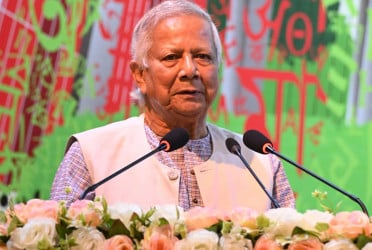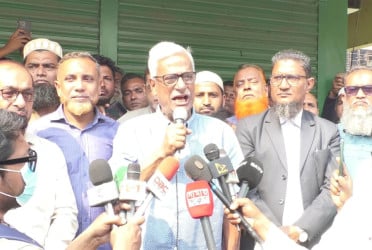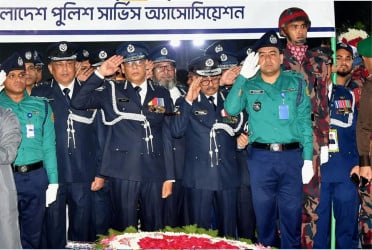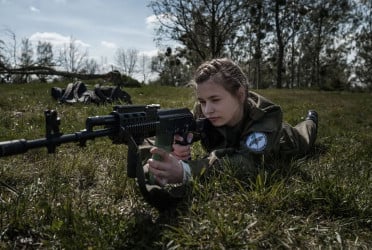As Tesla prepares to launch its robotaxi service in the coming years, the automaker seems to be expanding its teleoperations team. A recent job listing reveals that Tesla is seeking a software engineer to help develop a teleoperations system, enabling human operators to remotely access and control the company’s future robotaxis and humanoid robots.
The software engineer for this Palo Alto-based position would be responsible for “driving requirements, making design decisions, and implementing software integration for this custom teleoperation system.”
Although the job posting doesn’t specify whether Tesla is expanding an existing teleoperations team or building one from the ground up, the creation of such a team is significant for two reasons: First, it indicates that Tesla is taking serious steps toward deploying its robotaxis on public roads. Second, it marks a departure from Tesla's previous emphasis on self-sufficiency.
Tesla CEO Elon Musk has consistently highlighted the company’s goal of achieving full autonomy through advanced neural network training and camera-based perception, emphasizing that it would not rely on human intervention.
In the autonomous vehicle industry, teleoperations are widely viewed as a crucial component for deploying self-driving cars on public roads. Companies such as Waymo, which runs a commercial autonomous ride-hail service in multiple U.S. cities, have already implemented teleoperations systems to manage specific edge cases, including construction zones, accidents, and hardware failures.
The actions taken by remote operators also provide valuable training data for Level 4 autonomous operations.
Tesla is not new to teleoperations. The automaker previously relied on remote operators to control its Optimus bots, which mixed drinks and interacted with guests during the Tesla "We, Robot" event in October. However, the requirements for remotely operating robotaxis would be different.
For instance, the user interface and controls for robotaxis would likely resemble driving controls, featuring real-time mapping and decision-making support for complex scenarios. In contrast, the interface for robots would be tailored to the specific task at hand. Robotaxis would also necessitate more reliable communication over larger areas, and operators would likely be required to log teleoperation interventions for subsequent analysis of accidents or edge cases.
Tesla unveiled its robotaxi prototype last month—a Cybercab designed without a steering wheel or pedals, capable of seating two passengers. Elon Musk announced that production of the vehicle is expected to begin in 2026 or 2027.
Musk also expressed hopes to launch a service in 2025 that would allow people to hail self-driving Teslas in California and Texas. He claimed that Tesla is already testing the service with employees in the Bay Area.
It remains unclear whether Tesla’s emerging teleoperations team will focus solely on assisting purpose-built robotaxis or also provide support for Tesla vehicles owned by regular consumers on the road today. While Musk has long stated that Tesla vehicles with existing hardware would eventually be capable of full autonomy through an over-the-air software update, he has since tempered those claims.
(Source: TechCrunch)
BD-Pratidin English/Mazdud


